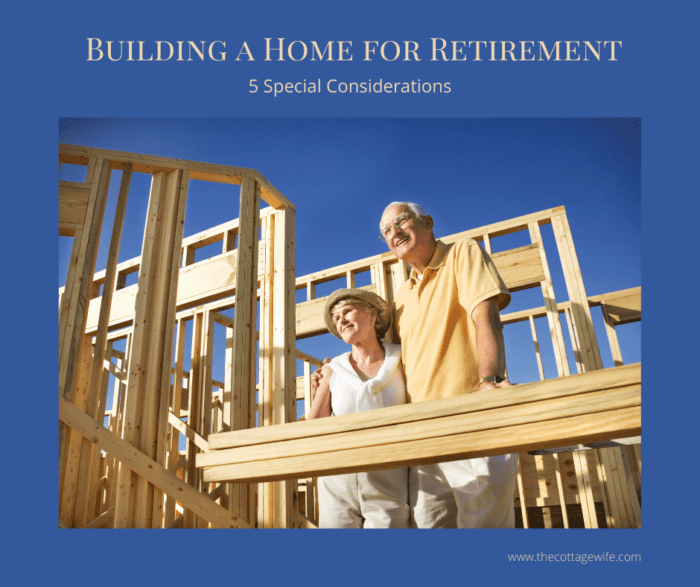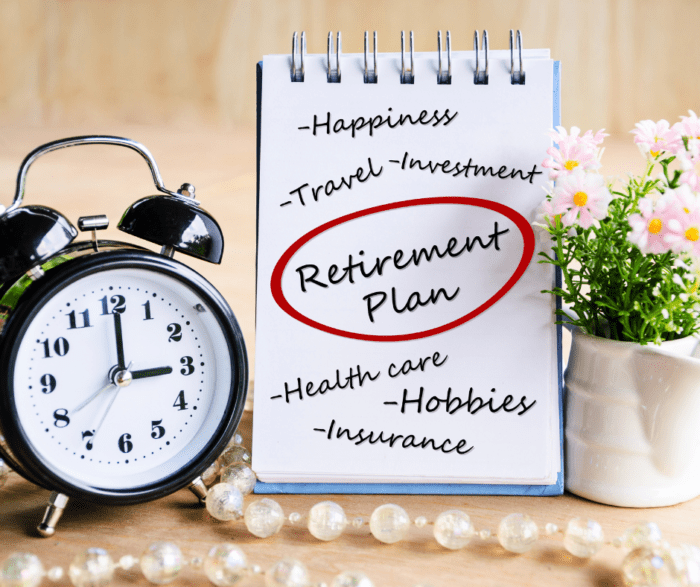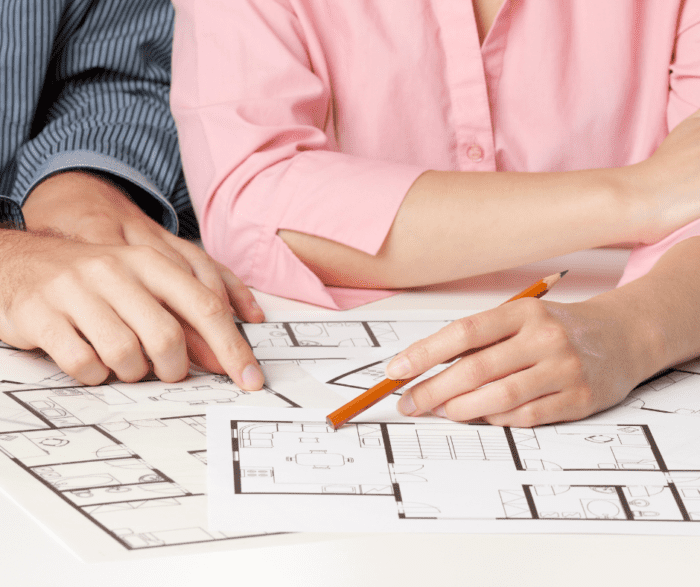You’ve been working a long time and been responsible with your money (mostly), knowing that this time would come – Retirement! While it’s tempting to jump into building a dream home with all the fancy bits and square footage to fit all you’ve ever dreamed of, there are some special considerations to ensure you can enjoy it for as long as possible: placement, design and even budget are just a few. Let’s explore this a little more.

It’s not easy to think about aging but when your 89 year old mother brings it up every time you discuss your own retirement and home building adventure – well – you kind of have to face it. When my father planned to retire early at the magic age of 55, my parents did not take any decisions lightly. They were well aware that they would need meaningful things to do and an age appropriate home to better ensure healthier, happier golden years. I think they did most of it quite successfully so when mom tells me to think about something … I do.
What Does Your Retirement Lifestyle Look Like to You?
We all have dreams of retirement: having the freedom to go anywhere and do anything you want without even a thought about going back to work next week. OMG that thought right now – even though I quite like my job – is thrilling! But wait a minute … how will you really spend EVERY day when you have no one and nothing to answer to? Do you really want to plop down on the couch and watch stories all day … every day?
How will you spend your time?
- Caring for grandchildren
- Volunteering
- Travelling
- Hiking, biking, swimming
- Gardening
- Exploring the wonderful world of food that you never had time for while you were working
- Consulting or mentoring in the industry you’re retiring from
- All of the above? Some of it?
Now is the time to give this some serious thought so you can build a home to accommodate your interests and your aging for many years to come. You could even make a list of the things your new home will need so you can be sure not to miss some very important factors in the design process.
Okay, now you have a fair idea of what you’d like to do during retirement, let’s look at a few special considerations for building your dream home to do it in.

Location
I know I’ve mentioned this factor before and here I’ll refine the concept with aging in mind. I’ll assume your plan is to continue taking good care of your body, mind and spirit; that’s our plan too. Statistically speaking though, as you age, your likelihood of illness or injury will increase. Is there access to key health and support services nearby?
I’m not just talking about doctors and hospitals here. Are there:
- Physiotherapists,
- House cleaners,
- Food delivery options,
- Nurses who do home visits
- Family members who would be willing to support your physical needs?
See? This does take the whole “location, location, location” mantra to a new level doesn’t it. While you may not necessarily need to care so much about these services being 2 minutes away, you do want them close enough to give you some peace of mind.
Exterior Accessibility
Where we live now, my mom isn’t able to visit us because of all the stairs. And she keeps reminding me not to have too many at the new place as well. While it’s unlikely that you’ll be able to grade your landscape so that there are no steps at all, here are some ways you can decrease the risk of falls and increase your chances of being able to get in and out of your home longer:
- Grading for a gradual slope to avoid exterior steps. While both stairs and slopes can be hazardous in winter, the more gentle the slope, the lower the risk of slips and falls. A gradual slope is also helpful should a wheelchair ever be needed.
- Longer landings on exterior steps. Picture yourself navigating steps with a walker or rollator. Of course I’m not saying you need to put ramps in when you build your dream home, but could you if you had to?
Design
The design of the house might have a lot to do with the shape and size of your lot. If you’re on a smaller lot you might not be able to build a sprawling bungalow to accommodate all main floor living. And again it seems that stairs can be a big barrier to the long term use of your home. What would happen if you found yourself unable to do the stairs to get to bed every night?
Can you create one room on the main floor that is (or could become) a bedroom? And can you build a main floor bathroom, perhaps with a walk in shower? Making the halls and doorways just a little wider will also go a long way to keeping your home functional no matter your age or abilities.
The good news is that most builders can create quite stunning and functional layouts that will serve your lifestyle today and well into the future – without looking … ummmm … weird.
Size
It seems that most people, when considering building their dream home for retirement, seem to opt for HUGE! I can kind of understand that: you’ve worked hard for so long, why not get everything you want? You think of all the family visits and sleep-overs, entertaining, book clubs, etc. and plan a house to fit it all. But wait! How much will you be willing or able to maintain as the years pass. How often does family really stay with you?

For example, our plan (hope) is to find a balance between building a home big enough that our two boys and their families can visit comfortably, even though one lives in Alberta and rarely comes back east. We also need a “messy room” as Brian calls it for my hobbies so that we don’t have to live with bins of yarn and fabric cluttering our living space. BTW, that’s a totally fair requirement since I usually have at least 2 projects on the go and there are almost always bits laying about no matter how tidy I try to be.
After looking at loads of house plans online, mostly here and here, we determined that 1400 – 1600 square feet would be a good size to accommodate 3 bedrooms, and generous living space while still being manageable to maintain. On the house plan we’ve finally settled on (more on that later) we decided to make one of the three bedrooms more of a flex space. This flex space will give us the room for me to have my crafting/exercise/writing space as well as count for extra sleeping space if needed. In the end we even adjusted the plan to make that room a bit bigger than the master bedroom just to be sure it could flex enough.
Budget
I’ll assume that since you’ve been savvy enough with your money to save and invest your income so that you can build a dream home for retirement, that you have a fair idea of how you want that money to last through your non-working years. Now, it’s time to work out a budget for your new build and find that sweet spot between building what you want and the financial reserves you need to carry you through your golden years with the lifestyle you want to maintain.
Brian is much better with spreadsheets and projections, so I let him run with this part. We know that we have the proceeds from the sale of the cottage and the value of the home we’re currently living in to work with. Even though we don’t really know what our home will sell for when the new house is ready, we do know what we’d be asking for it if we sold it today. So, we’re using that number as a budget baseline. By using these two figures, we think we can build our new home without dipping into our retirement savings too much.
When we had our first meeting with a contractor we discussed building budgets a little bit. They were generous with information and even sent us a sample budget loosely based on that house plan I was so excited about.
We set our building budget at the value of our real estate today. That was a few months before market pricing went wild and we haven’t adjusted our budget since – I don’t think we’ll need to. Our plan is to manage the budget so that we move into our new “forever” home without debt or having to work much longer to retire debt free. I’ll be going into more detail of our budget as our story builds (pun intended).
Conclusion
Everyone’s circumstances and motivations are different. None of this is to say that you need to build ramps or a sprawling bungalow for accessibility. These are only things to consider to ensure your dream home for retirement is built both structurally and financially so that you can stay there for as long as possible, as comfortably as possible.
Recent Posts
7 Totally Selfish Reasons to Choose Native Plants for Your Gardens
Grab a cup (or glass) of your favorite beverage, and let's delve into what I’ve learned so far about why it's incredibly important and wildly selfish to embrace landscaping with locally native...
Exploring the differences, benefits and drawbacks of Broadcast Sowing and Frost Seeding for Native plants.

